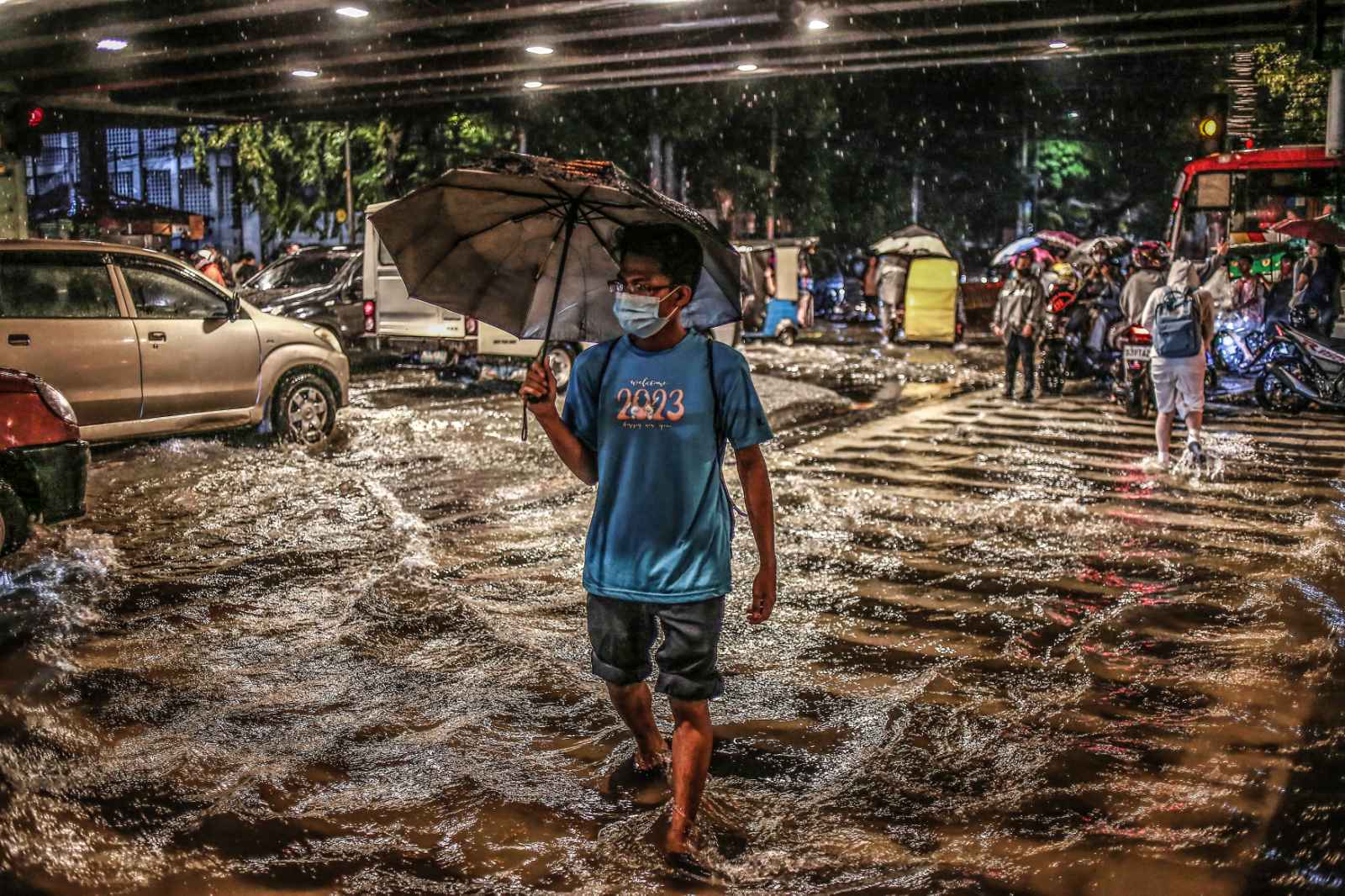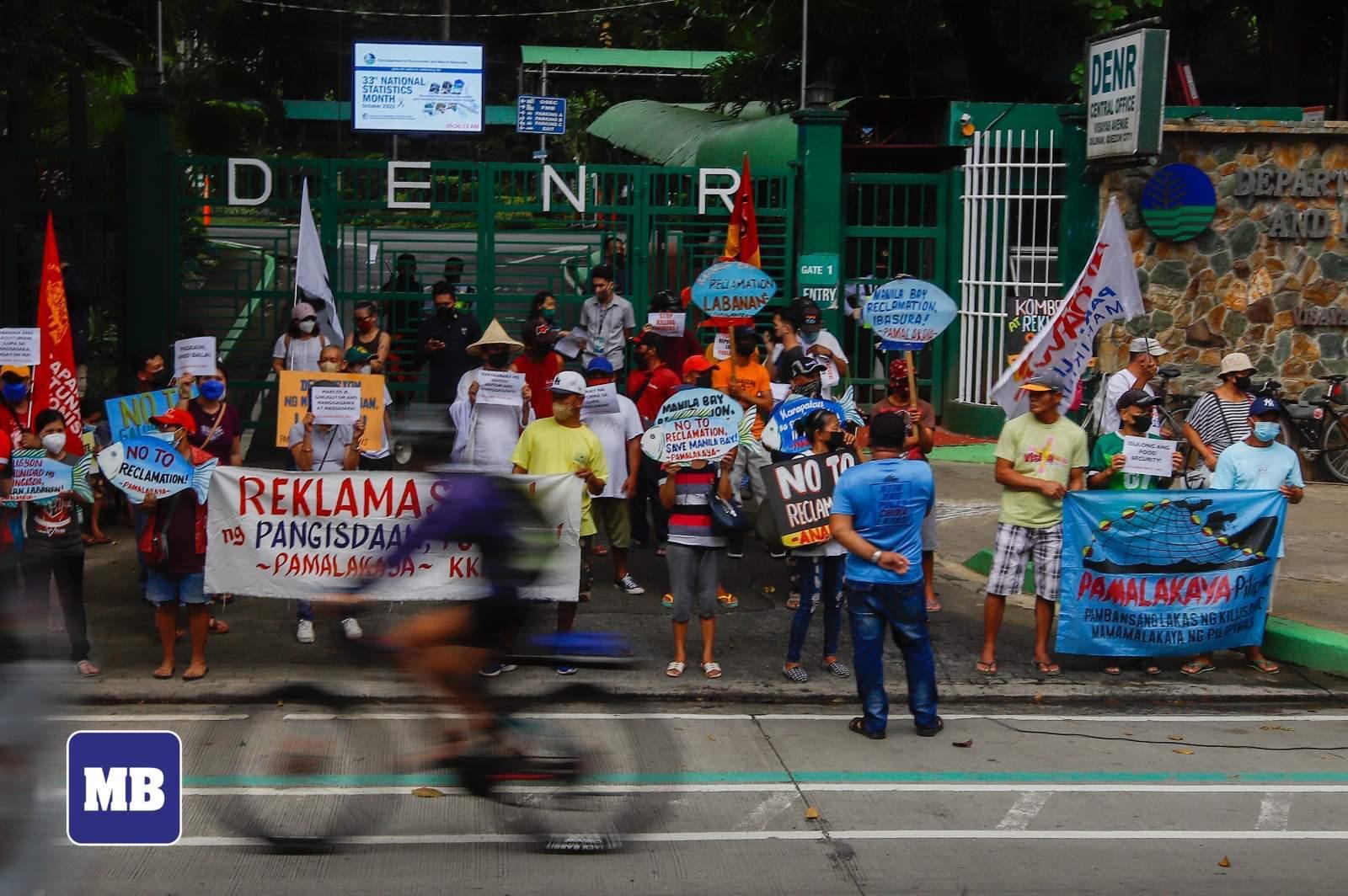HEARD IT THROUGH THE GRIPE-VINE: OUR NEW ABNORMAL

There’s much talk in social and traditional media about the reclamation at Manila Bay. Allow me to give my opinion, starting with the matter on the other side of the many issues that reclamation of land has been attributed to – from the impact on the environment, to the coastal ecosystem, and even on the landscape of the famous Manila Bay sunset.
There is responsible reclamation and many projects around the world have proven that it works. Countries like the Netherlands have a long history of doing reclamation out of necessity, due to their rising sea levels.
Compare the Netherlands of today with that of 400 years ago, and you’ll be surprised with the resulting additional land area, attributable to its reclamation history. Then there’s Disneyland Hong Kong, the Marina Bay Sands in Singapore, the Osaka airport - they all occupy reclaimed land.
And don’t get me wrong; I’m actually happy all 22 reclamation projects nationwide, with a good number concentrated around Manila Bay, were suspended. This allows the DENR, the responsible government agencies, and LGU’s to make a thorough study, and verify which projects are deserving of their permits and clearances, and which aren’t.
 A TYPICAL SCENE of Metro Manila flooding in 2023. (Manila Bulletin file photo)
A TYPICAL SCENE of Metro Manila flooding in 2023. (Manila Bulletin file photo)
I mentioned responsible reclamation - and these would be those designed and positioned so as not to create or worsen flood risks. A number of the projects may not have any effect on existing drainage systems or the heavily silted Metro Manila rivers and waterways. But those that do have impact, should definitely be halted!
When properly designed, these off-shore projects should in principle, not impede the outflow of waterways draining into the Manila Bay. These projects are separate islands with water channels in between, allowing the inland water to flow freely into the bay.
However, when there is irrefutable evidence that the projects are blocking our inland waterways from draining into the bay, and on to the sea - then these projects should be given the evil eye!
 MAKING THEIR sentiments felt at the DENR (photo from mb.com.ph)
MAKING THEIR sentiments felt at the DENR (photo from mb.com.ph)
Based on scientific studies, what causes land subsidence is ground water extraction, and there are responsible reclamation projects that have avoided this. One need only look at the previously reclaimed land in Pasay, where the CCP Complex and MOA now stand, to register that after 40 years, there is no evidence of land subsidence. Despite being reclaimed in the 1980’s, the dependability, resilience, and safety of these reclaimed land have been demonstrated time and time again, in the face of typhoons and storms.
If we’re so ready to enjoy reclamation projects of the past, plus those abroad; why frown on any form of reclamation now, when design and technology has actually improved the process?
The crux of the matter, in my estimation, is to ensure that the final approved reclamation projects are of merit, and will truly be useful, helpful, and practical for the community, and the LGU. And of course, that they’re designed to specs that take into consideration the environment. Blanket condemnation doesn’t take into account the reality that responsible reclamation also exists. We should be vigilant on this matter.
By the way, I’d like to inform those who may have forgotten, that some of the best venues many enjoy for cultural and entertainment events are sitting on reclaimed land - among them the CCP, the MOA, Ayala Manila Bay, Sofitel, Conrad, Solaire and Okada.